It’s Frozember! Each day this month, Rotoscopers is celebrating Frozen, all in anticipation of Frozen 2, arriving in theaters November 22.
In reflecting upon success, a common phrase expressed is that no one saw it coming. It was unexpected. It took everyone by surprise. That can’t be said, though, for Frozen — the 53rd film released from Walt Disney Animation Studios upon its debut in 2013 and, from every angle, an undisputed success.
Disney knew Frozen would be big. They even told us Frozen would be big. Is that, then, the reason *why* it ended up big? Because Disney said so? Let’s find out.
The Revival
To borrow some 2019 slang for a 2013 story, Tangled walked so Frozen could run. Actually, you could replace Tangled with any number of Disney Animation projects from the years that preceded Frozen, but Tangled is the most direct comparison of genre and scope (and the one that our readers have had most fun breaking down over the years, with over 360 comments and counting).
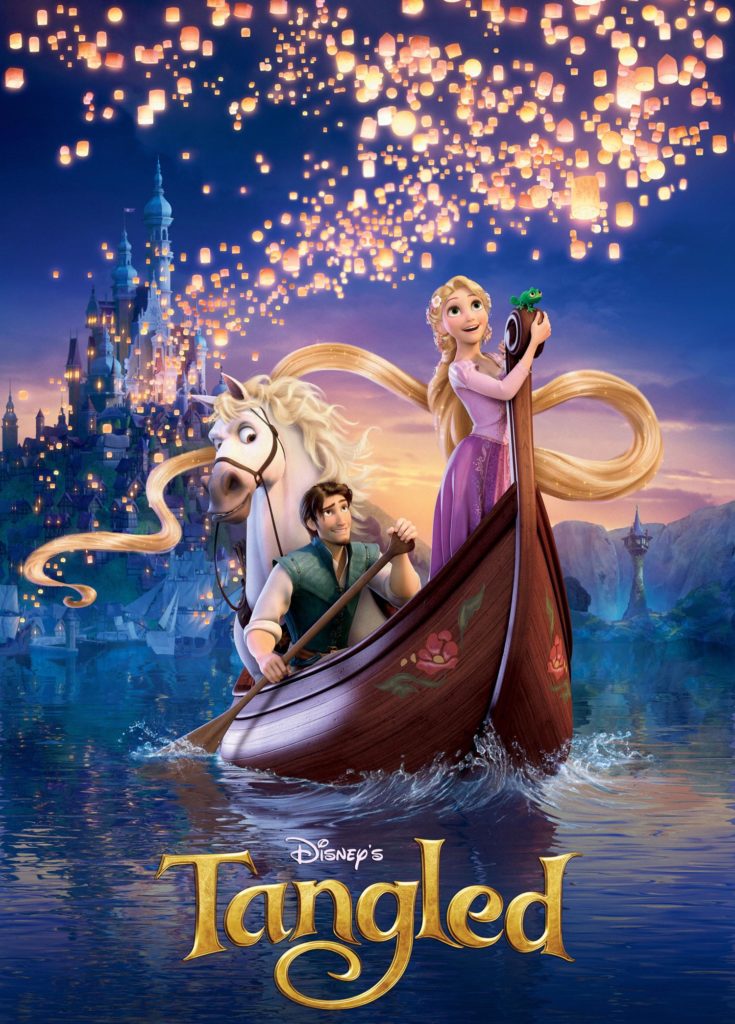
The animation community collectively refers to the time period of Frozen‘s release as “The Disney Revival.” The exact distinguishing years may vary depending on who you ask, but this era is generally acknowledged as beginning with 2007’s Meet the Robinsons, or when Disney purchased Pixar and Pixar leadership began reshaping the culture and standards of Disney Animation following a lackluster slump. Each succeeding film seemed to get better and better, continuing with Bolt (2008), The Princess and the Frog (2009), Tangled (2010), Winnie the Pooh (2011), and Wreck-It Ralph (2012). By the time 2013 rolled around, Disney Animation had re-established itself as a force to be reckoned with and a standard-setter within the industry as it had been prior. In this way, the arrival of Frozen as an epic, CGI, fairytale musical was the achievement of a multi-year undertaking to make Disney Animation great again.
Whether or not we’re still living in the Disney Revival here in 2019 is up for debate, and perhaps a larger topic than this post has room for, but regardless, audiences were poised for Frozen in 2013 because they trusted Disney to deliver a quality product. The same couldn’t have been said a few years prior, and perhaps hindered some of the early gems of this era from getting much attention. Frozen came at the peak of all this, and therefore was already primed to be a hit from the offset.
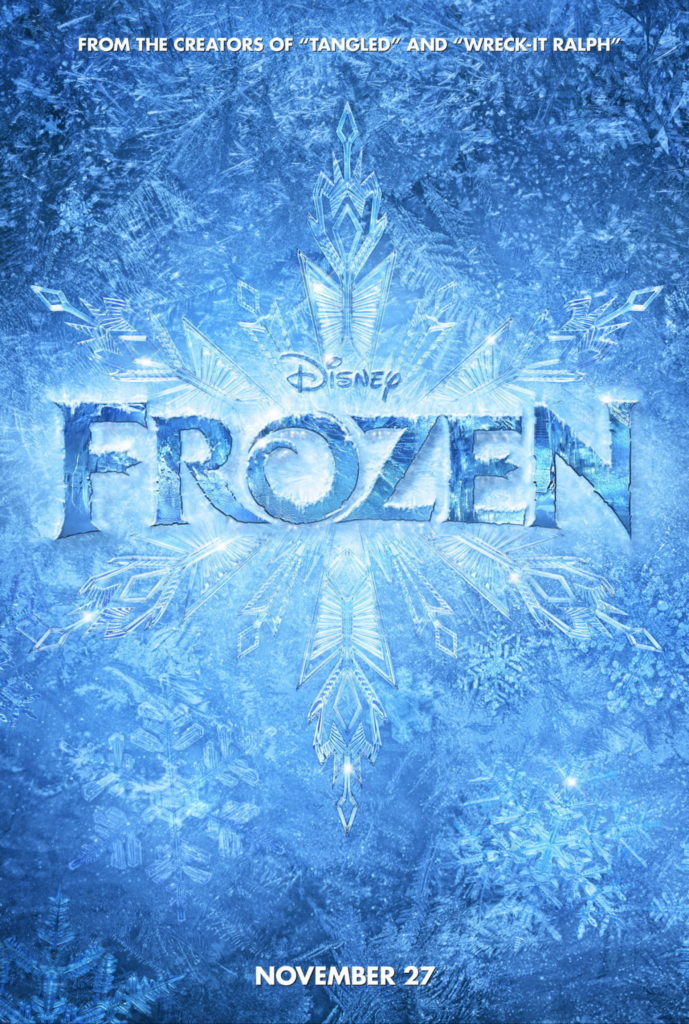
The Tidal Wave
It helped that it’s legitimately a great movie. Critics doted upon it. Audiences adored it. Kids couldn’t get enough of the merchandise. The soundtrack was a hit parade of great songs. The characters were endearing. The story was heartfelt. As Screen Junkies noted on YouTube, Frozen was even adjusted for inflation to include not one but two Disney princesses. Frozen checked all the boxes of 1.) something Disney could utilize across its many arms of synergy and 2.) something the public made exponentially bigger because of its continued explosive response to it.
Disney did a lot to spread the good news of Frozen, but audiences did just as much to help the movement. They kept coming back to theater again and again, eventually making Frozen the highest-grossing animated film ever at that time. Radio stations proudly played “Let It Go” across their airwaves — and not just Demi Lovato’s pop version of the song from the film’s end credits, but the actual, original version of the song as performed by Idina Menzel as Elsa within the movie! There was a continued ebb and flow between studio and Disney made more opportunities to celebrate Frozen, and the public took them up on those, creating greater demand for Disney to presence Frozen even more, and thus the cycle continued on and on until, somewhere along the line, Frozen became a phenomenon.
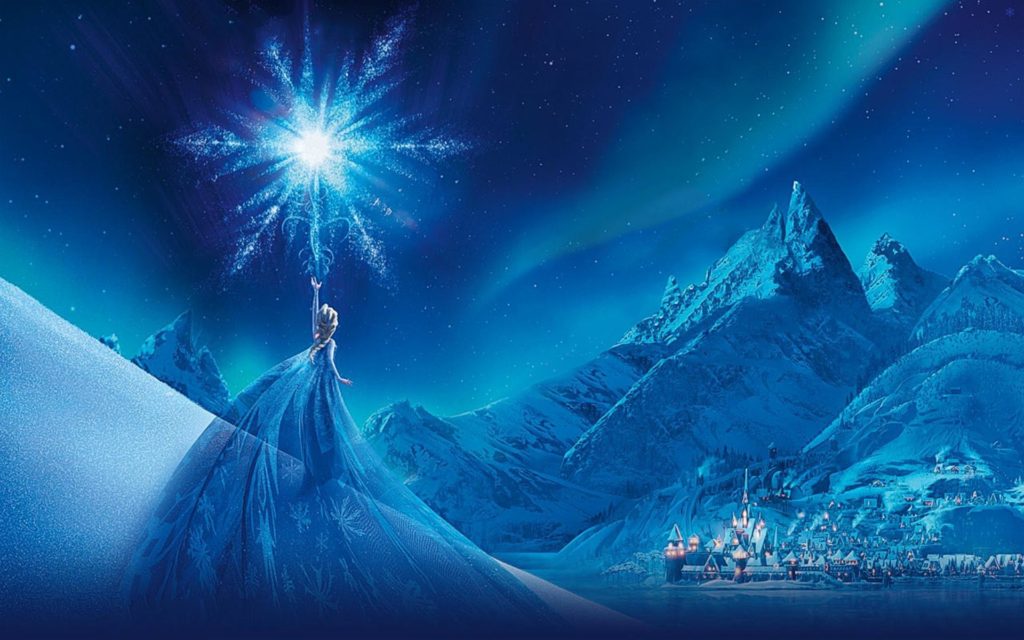
It was re-released to theaters in January 2014 for a sing-along engagement, with song lyrics at the bottom of the screen encouraging audiences to interact with the film at the top of their voice. The film won the Oscar for Best Animated Feature, with “Let It Go” likewise winning for Best Song. And in contrast, the public continued going nuts by creating Frozen content of their own. Cover song after cover song appeared on social media platforms, with some meeting viral reception. Good Morning America even hosted a simulcast moment where different viewers and celebrities all sang “Let It Go” from differences places around the world at the same time. Frozen was something that connected people in a special way.
As the season surrounding Frozen‘s immediate debut faded, Disney positioned itself to maximize the imprint Frozen could make. Anna and Elsa became characters on ABC’s drama Once Upon a Time. A Broadway musical was commissioned. Theme park attractions were put into development. A short film, Frozen Fever, was quickly greenlit into production for a 2015 release, followed by the ultimate announcement of a sequel that we not anxiously await in just a few weeks’ time. We’re looking forward to looking back (wait, what?) at many of these favorite Frozen moments as Frozember continues right here on Rotoscopers.
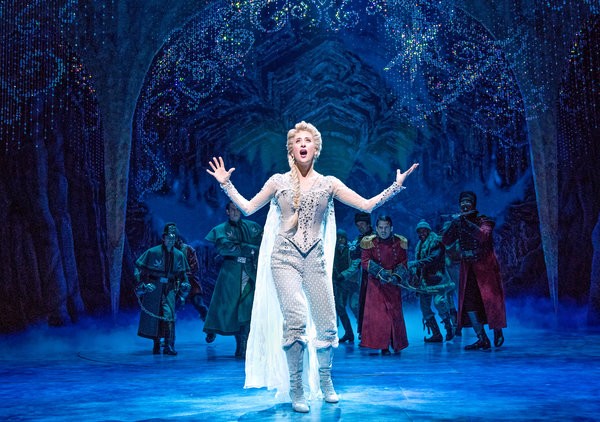
The Prophecy
But back to our question from the top of this post… did Disney know Frozen would be a hit? In a word, yes. In fact, they even told us so themselves.
The teaser trailer for Frozen debuted in June 2013, accompanying Monsters University in theaters. It featured Olaf and Sven in a comical pantomime vignette, not unlike the classic Disney shorts of Walt’s era that emphasized cartoony physical comedy. It was cute. But it was confusing. There was no hint at Frozen‘s scope. There was no mention of songs. There wasn’t even an appearance by Anna or Elsa. The general public was left thinking Disney was about to bring them a cutesy film about a reindeer and a snowman. Animation fans in the know about the film’s ambition were left wondering why Disney was why about sharing what Frozen really was. (The comments in our post about the teaser from 2013 are fascinating to look back on.)
Then came September and the first real trailer. This gave us clarity, but still shied away from embracing its true self. It pitched the film as a straightforward comedy, much like how Tangled was marketed. (The comments in our post about that trailer are similarly as fascinating as the teaser, but channeled with opposite emotions of pure joy.)
Then, in October 2013, came THAT trailer. This was it. This was the moment. This was when Disney told us loud and proud that Frozen would be a force to be reckoned with. It didn’t pretend to be something it wasn’t. This was a Disney fairytale through and through, and it projected that clearly. As clips from the film swell into a grand arrangement of “For the First Time In Forever” (which was, incidentally, the first time anyone had heard the song), the trailer proclaimed that Frozen would be “The greatest Disney animated event since The Lion King.” Woah.
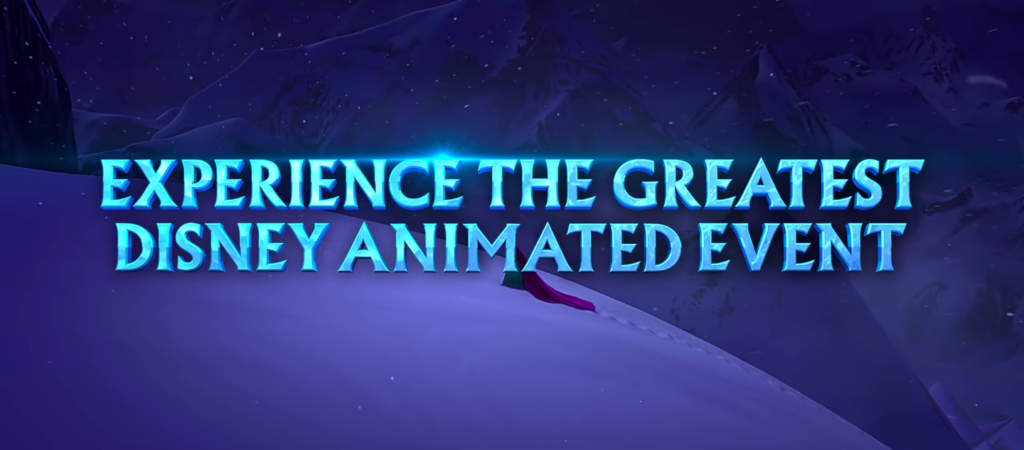
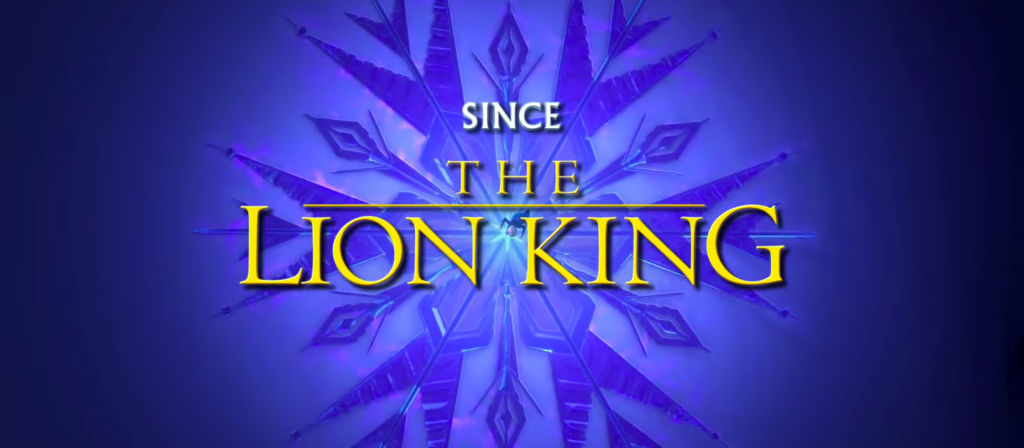
The thing is… Disney was right. They didn’t just talk a big game. Frozen was the greatest animated event since The Lion King. How did they know? Clearly the studio was confident in the story. But they’ve released movies with great stories plenty of times that failed to gain traction with audiences. Could Disney identify the factors that made a long-term classic and not just a trendy moment, a passing fad? Could they see that these attributes, paired with a story they knew would connect with people, cemented Frozen‘s legacy as something that would withstand through the ages as much as the studio’s greatest triumphs of yore? Somehow, whether because they’ve been around the block a few times and they know the signs of a hit ahead of a release, or because of sheer blind faith speaking success into existence, they did.


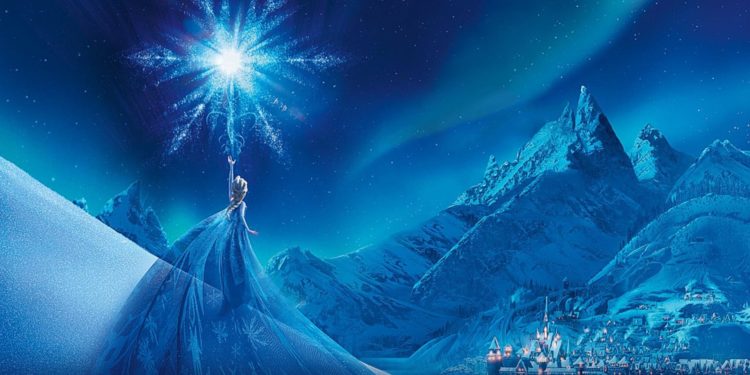
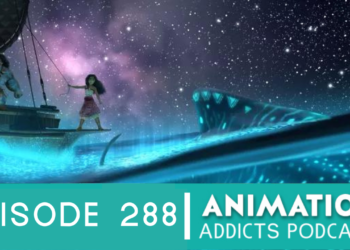
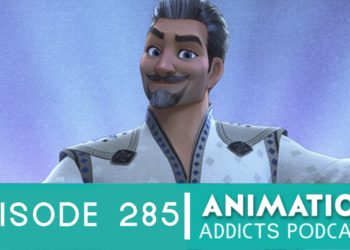
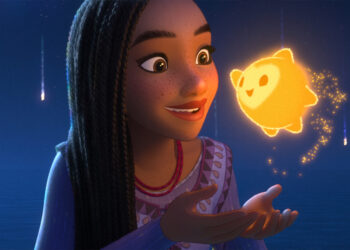

![[TRAILER] Netflix Cooks up ‘Green Eggs and Ham’ Series](https://www.rotoscopers.com/wp-content/uploads/2019/11/1050944-greeneggsandhamguyandsamseason1ep21280x720-1-75x75.jpg)